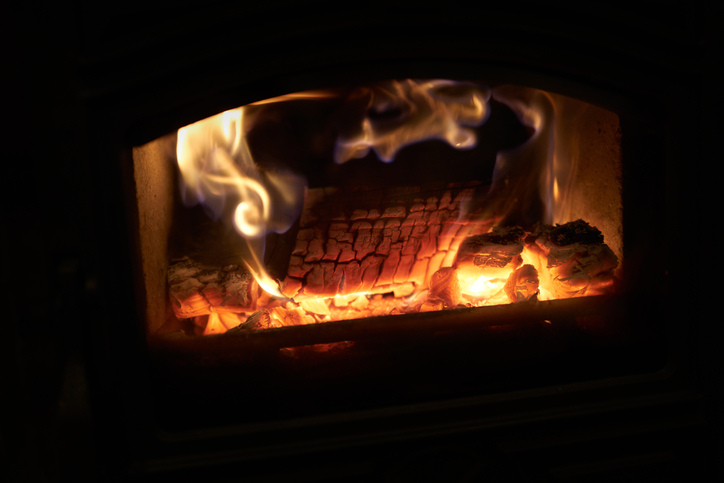Canalboat holidays provide a fantastic opportunity to explore scenic waterways while enjoying the comforts of home. One of the essential features on many canalboats is a solid fuel stove. These burners offer warmth and the cozy ambiance of a real fire, making them perfect for canalboat trips. If you’re planning a canalboat holiday and want to learn how to use a solid fuel stove effectively, this step-by-step guide will help you get started.

-
1. Familiarize Yourself with the Stove
Take some time to familiarize yourself with the solid fuel stove on board your canalboat. Understand its various components, such as the firebox, air vents, and ashtray. Read the manufacturer’s instructions and guidelines to ensure you have a comprehensive understanding of how to operate the stove safely.
-
2. Ensure Proper Ventilation
Proper ventilation is crucial when using a solid fuel stove. Adequate airflow helps with efficient combustion and prevents the buildup of smoke and harmful gases like carbon monoxide. Open any of the boat’s closeable air vents before lighting the stove to provide sufficient oxygen for the fire. Do not obstruct any air vents while the burner is in use.
-
3. Choose Suitable Fuel
Selecting the right fuel is important for getting the best performance from your solid fuel stove. The most common fuels for solid fuel stoves include smokeless coals and wood logs. Choose well-seasoned, dry fuel to ensure optimal burning. Avoid using wet or unseasoned fuel, as it can produce more smoke and reduce efficiency.
-
4. Lighting the Burner
To light the solid fuel stove, follow these steps:
- Clear the ash and debris from the boat stove’s firebox.
- Empty the ash pan. Only use proprietary ash bins to store ashes. Do not store any ashes inside the boat’s cabin.
- Create a small base of kindling or firelighters in the firebox.
- Place a few pieces of smaller fuel on top of the kindling.
- Light the firelighters using long matches or a lighter.
- Close the stove door and fully open the stove’s air intake until the fire is established.
- Once the fire is established, close the stove’s air intake half way and gradually add larger fuel pieces to the burner.
- Close the air intake when the larger pieces of fuel are fully lit.
Avoid overcrowding the stove with fuel, as this can stifle the fire and hinder proper combustion.
5. ### 5. Adjusting the Temperature
You can control the temperature of the solid fuel stove by adjusting the airflow. More air equals a higher temperature, while less air reduces the heat output. Experiment with different settings and adjust the air vents as needed to find the optimal temperature for your comfort. Caution! Open air vents gradually, a little bit at a time. Do not overfire the stove.
6. ### 6. Safety Measures
Safety should always be a priority when using a solid fuel boat stove. Here are some important safety measures to follow:
- Test the carbon monoxide alarm beforehand to ensure it will detect any carbon monoxide buildup.
- Keep flammable materials well away from the burner and provide a safe perimeter around it.
- Familiarise yourself with the location of the fire extinguisher, in case of emergencies.
-
7. Enjoying the Warmth and Ambiance
Once your boat’s solid fuel stove is in operation, sit back, relax, and enjoy the cozy warmth and ambiance it provides. You can use the stove to heat your canalboat and create a comfortable atmosphere while cruising along the waterways. Gather around the stove with your loved ones, play games, or simply enjoy a good book as you embrace the tranquility of your canalboat holiday.
By following these steps, you can effectively use a solid fuel stove on your canalboat holiday. Enjoy the comfort and beauty of a real fire as you create unforgettable memories on the calm waters.
Note: Always consult the manufacturer’s instructions and guidelines specific to your solid fuel stove. In case of any concerns or questions, seek professional advice.
A post by Sebastian Meier - Managing Director of Marine Heating Solutions Ltd. Marine Heating Solutions Ltd specialise in installation and servicing of LPG boilers, diesel heaters and solid fuel stoves.

